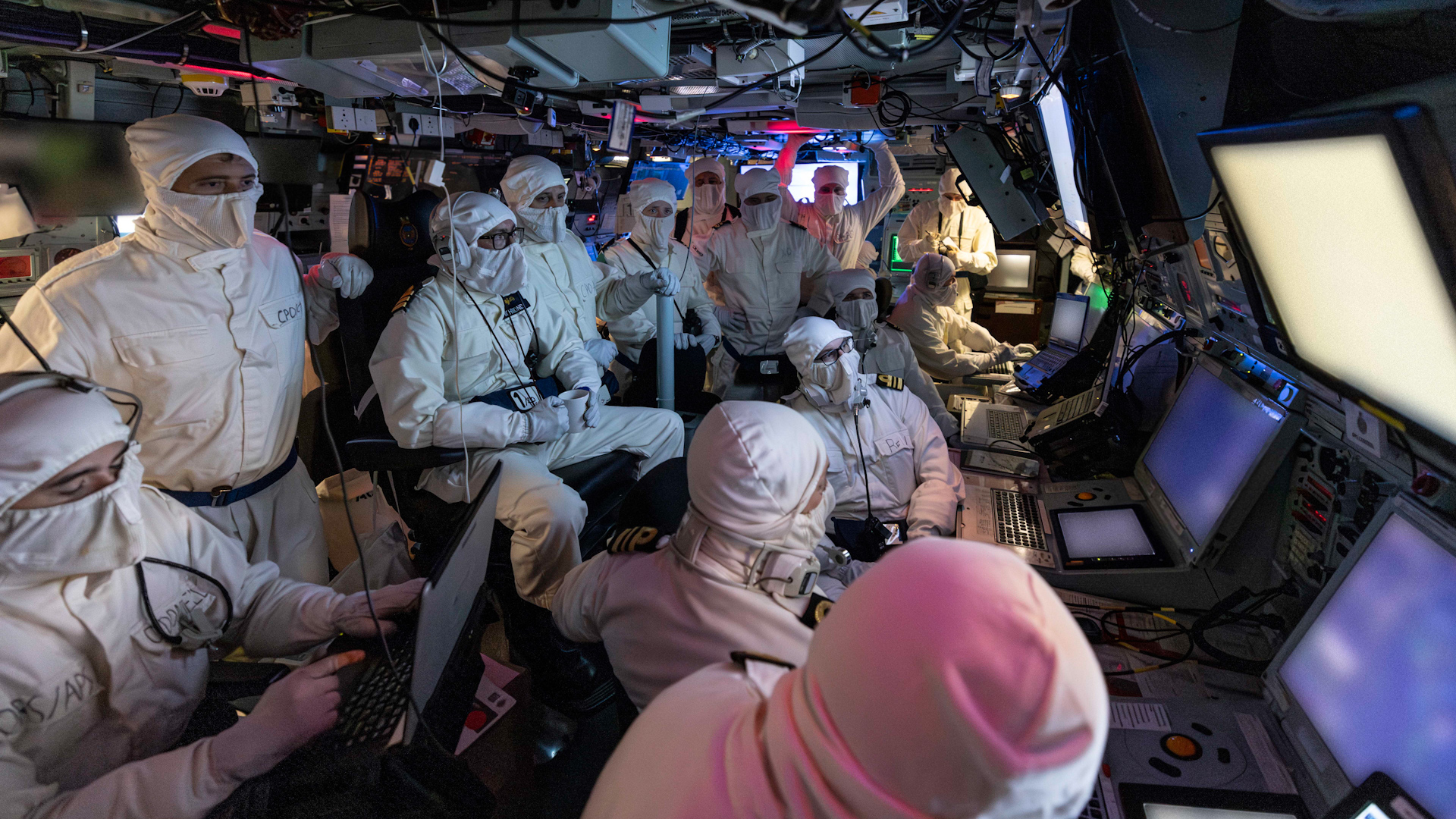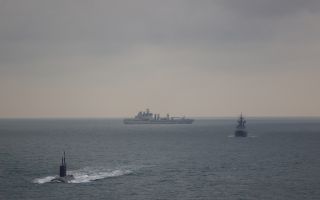
HMS Richmond hands Red Sea mission back to HMS Diamond after first Sea Ceptor shoot-down

HMS Richmond has handed her Red Sea responsibilities back to HMS Diamond after nearly six weeks spent as part of a force tasked with repelling attacks by Houthi rebels.
The frigate took over on Operation Prosperity Guardian at the beginning of February, with the mission ending with her using her Sea Ceptor air defence missile system for the first time.
The international mission is about protecting and reassuring commercial shipping in the Red Sea, with attacks from the Iranian-backed Houthis increasing five-fold since the Israel-Gaza conflict began.
HMS Richmond's crew, which includes sailors, Royal Marines and personnel responsible for the ship's Wildcat helicopter, were heavily engaged throughout their deployment.
This saw demanding long hours at action stations/increased readiness, which involved the crew wearing anti-flash clothing, increased stress, having to eat their meals whenever they could and putting up with a lack of sleep.
In previous patrols over Christmas and during January, HMS Diamond was called upon to take down aerial threats.
And last weekend saw HMS Richmond use her Sea Ceptor system to shoot down two incoming Houthi drones – marking the first time the missile system had been used in combat.
There is no flash of fire to signify the missile has been fired, just a loud whoosh as the high-pressure gas forces the Sea Ceptor missile out of its silo on the Type 23's forecastle.
The rocket then kicks in at a safe distance from the ship, so the flames do not cause any damage.
After the solid-fuel rocket motor kicks in, the missile accelerates up to Mach 3 as it makes its way towards its target – which resulted in a 'kill' in less than 10 seconds.
Defence Secretary Grant Shapps thanked the crew for their incredible work and said he was "confident that HMS Diamond will continue to stand up for freedom of navigation and the safety of seafarers".
"The UK continues to be at the forefront of the international response to the Houthis' dangerous attacks on commercial vessels, which have claimed the lives of international mariners," he added.
HMS Richmond will now pay a short visit to Saudi Arabia before returning home to Plymouth.
HMS Diamond will return to the Red Sea after spending time in Gibraltar, restocking ammunition and supplies and undergoing maintenance.
Many of the ship's crew flew back to the UK after missing out on Christmas and New Year with their loved ones.









